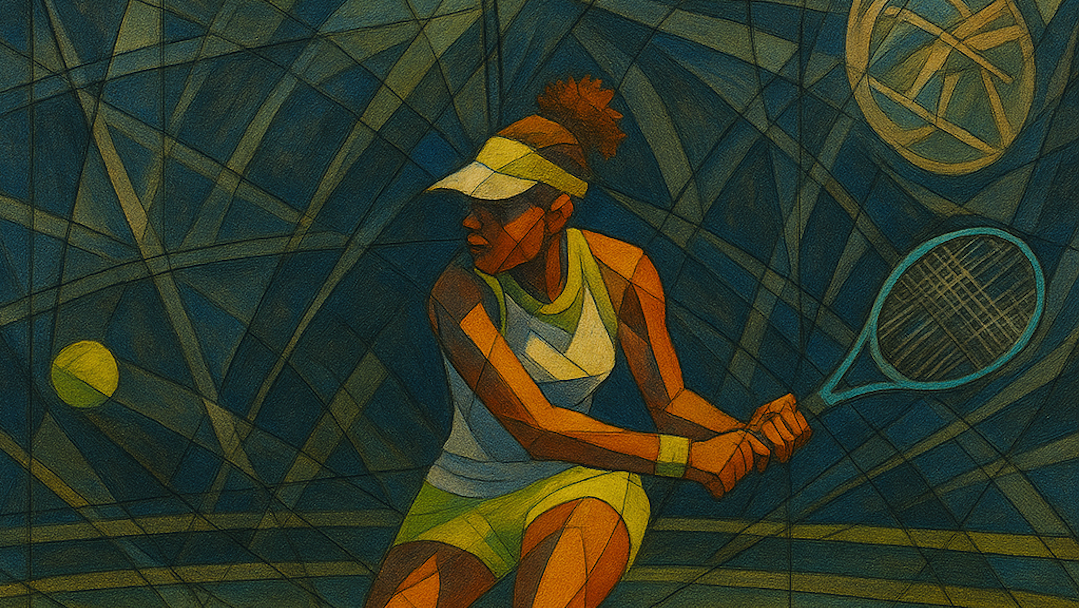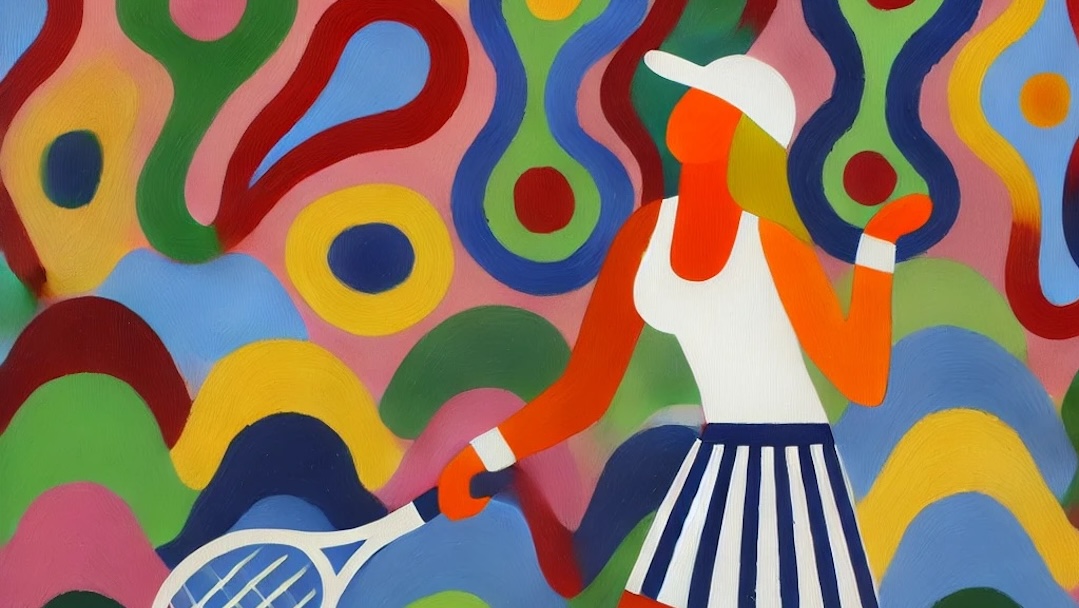Conor Niland is a retired professional tennis player who spent most of his career competing on the Futures and Challenger circuits. He played a handful of ATP events and made it into the main draw at Wimbledon and the US Open. His peak ranking of 129 made him the highest-ranked Irish tennis player during his career, and he frequently played for Ireland’s Davis Cup team.
All that being said, I had never heard of Niland until the recent publication of his memoir, The Racket: On Tour with Tennis’s Golden Generation – and the other 99%. He rubbed shoulders with some of the game’s most iconic players, including Novak Djokovic and Roger Federer. At the same time, Niland brings a candid perspective of life on the tour for very good players who never quite enjoyed a breakthrough into the upper echelons of professional tennis.
“A professional tennis career is ultimately founded on a horrifying gamble: every successful player compromises their entire childhood to make it, but so does every unsuccessful player, too.”
Conor Niland
Like many tennis memoirs, Niland is critical of his national federation. While Tennis Ireland was likely resource-constrained, he felt the organization took actions detrimental to the development of the sport in his country. One stunning example he shared was the decision not to send his older sister Gina and other female Irish qualifiers to the Olympics in the 1980s. The women were deemed to be “tourists” without a legitimate chance to medal. Denying anyone the chance to be an Olympian is unconscionable.
Years later, as Niland was coming up through Juniors, Tennis Ireland refused to send him and other players to international competitions because they didn’t think they would perform well. In doing so, the federation denied its players the opportunities to develop through competing at that level. In retrospect, Niland should have declared his nationality as British, which was a legitimate option for him.
“Playing college tennis is a sign of somewhat doubting your chances of making it as a pro, or at least hedging your bets.”
Conor Niland
Niland played collegiate tennis at UC Berkeley. That afforded him the opportunity to offer some insight into a development pathway that all players should consider. However, in Niland’s experience, college tennis coaches have no incentive to prioritize long-term player development because they are under pressure to win in the short term. That isn’t exactly a compelling endorsement for junior players to take that route.
Match-fixing is a temptation that Niland also touches on in this memoir. In fact, he believes he was approached to do that on at least one occasion. The financial pressures lower-ranked players face are dangerous when combined with the increased prevalence of online betting. Tennis is highly vulnerable to corruption, particularly when the potential payouts can be the difference between the continuation or the end of a lifelong dream.
Niland also details some of the online abuse he received via social media, particularly from online gamblers who lost money on his matches. In doing so, he offers one very good tip: Always check the player’s travel schedule before wagering on lower-level events. A player who arrives on the overnight red-eye will unlikely play well the next day.

The Racket by Conor Niland (<- Sponsored Link)
Ultimately, Niland suffered injuries that prematurely ended his professional career, which he very much would have liked to extend. In describing that journey, he highlights how players at the Futures and Challenger levels don’t have the same protection mechanisms enjoyed by the top pros. As an anonymous player once observed, lower-level professional players don’t really retire… they just quit.
I highly recommend The Racket: On Tour with Tennis’s Golden Generation – and the other 99%. It offers a rare and unfiltered look at the life of professional tennis players who hover just below the breakthrough point. The stark realities faced by those who live on the fringes of tennis stardom, where the glamour and fame are reserved for a select few, navigate a landscape fraught with financial instability, limited support, and the ever-present threat of injury.
Whether you’re a tennis fan or simply someone who appreciates the human stories behind professional sports, Niland’s account is both eye-opening and deeply engaging.
Fiend At Court participates in the Amazon associates program and receives a paid commission on any purchases made via the links in this article. Details on the disposition of proceeds are available on the “About Fiend at Court” page.



